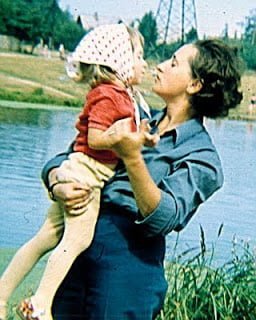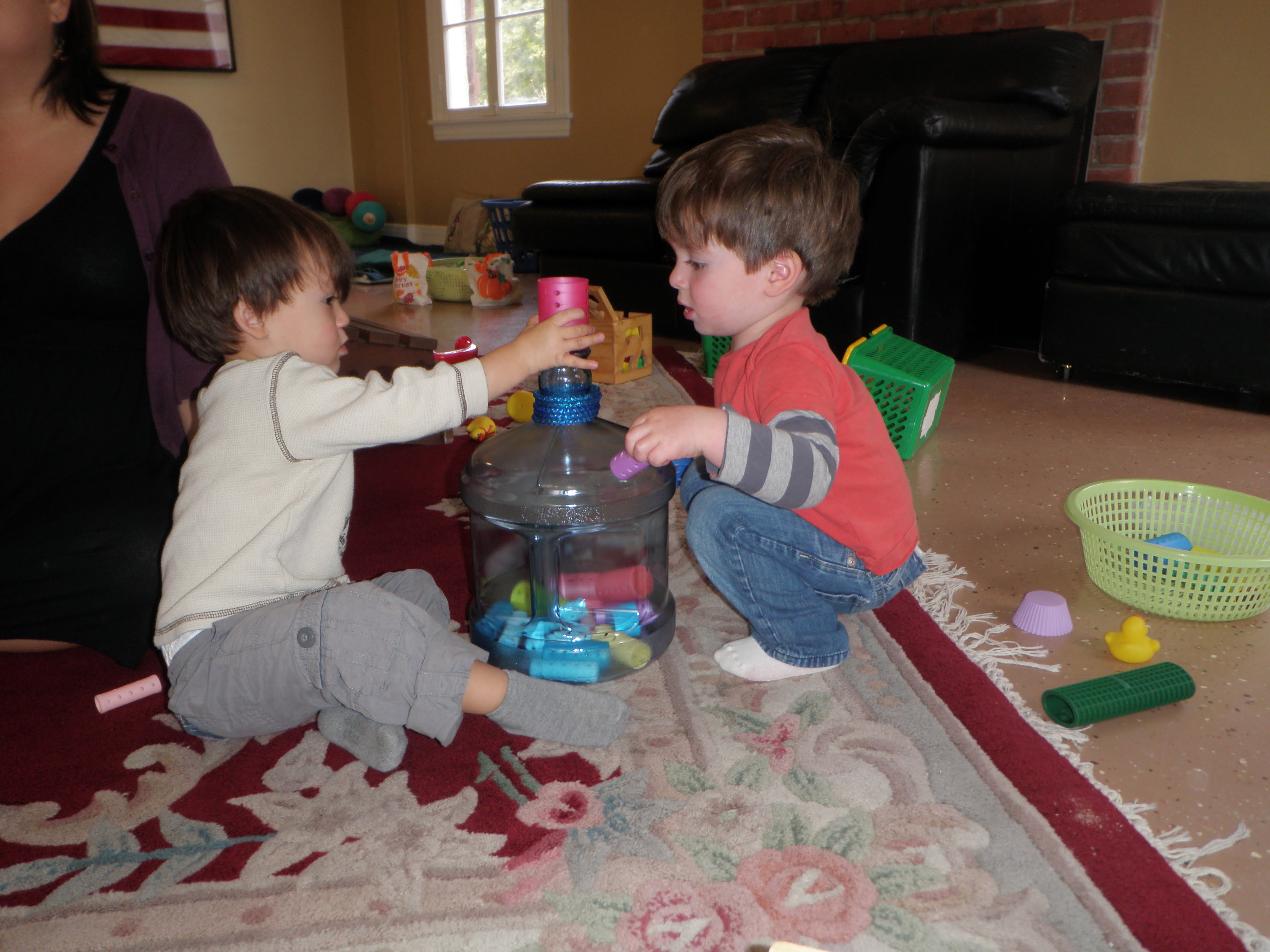Young children are actively exploring the world and learning about their identity and the people around them. Babies between 12 to 36 months old often explore grabbing, pinching, and pushing. Though not socially acceptable, it is an age-appropriate behavior for children under 3 years old. No matter how we seem to be prepared for this behavior it is upsetting not only for the child who gets hurt but for both families, as we want our children to be safe and gentle with each other.
On one hand, we see a conflict between children as a challenging situation; on the other hand, it is a great opportunity for children and parents to learn. This is the perfect age to offer children guidance and support. It is also a great environment: a small classroom, an atmosphere of trust, and a teacher who knows how to support both children. Conflict situations give children a great advantage for future life; they learn how to regulate their emotions and feelings, how to bounce back, and figure out new solutions.
What we can do to support children in those situations:
1. Get closer
Sometimes, simply the presence of the grown-up who gets closer to the children can change the dynamic.
2. Narrate
Narrating can support both children and help them process the information.
3. “I am concerned…”
Explain why the behavior is not safe: “I am concerned when you pull hair, it hurts.” The explanation should be concise as a lengthy lecture can have the opposite effect. By discussing my concern, rather than simply pointing out what the child is doing “wrong,” I can avoid placing blame on them. Utilizing “I” messages can help prevent the child from feeling blamed, making it easier for them to adjust their behavior instead of entering a defensive mode.
4. “Shadowing”
“Shadowing” – facilitating positive interactions as much as thwarting negative ones.
5. Intervene
Physical intervention is necessary. We should remember to intervene with the most calm energy as possible. As Magda Gerber said, if we model gentleness only to the victim, the aggressor never learns gentleness. Placing an arm between children with calm confidence can help.
6. Stay calm
There is one more reason to respond calmly: Children are eager to learn about our strong emotions and tend to repeat the actions that lead to those emotions.
7. Model
It is a wonderful opportunity for us to model to our children how to respond with empathy and calm/confident energy.
8. Space
Give some space to the crying child; he needs time to recover. Give the child who is pushed some space to move; then he is not cornered nor feels the need to push or pull again. Sometimes it means one of the parents can move to another spot.
Our classes are a place for both parents and children alike to learn and grow, to observe others and themselves, all in the context of a safe space. It’s important to remember that it is through the challenge that we change, and, especially for children, conflicts are an important way to learn about themselves and about the world because conflicts and differences of opinions are a part of life…learning to navigate them is key and it starts now, at this age.
Let me know if you need more information about RIE® Parent-Infant Guidance™ Classes.
Wishing you all the best in the difficult yet exciting journey of parenting!
Warmly,
Teacher Kira















